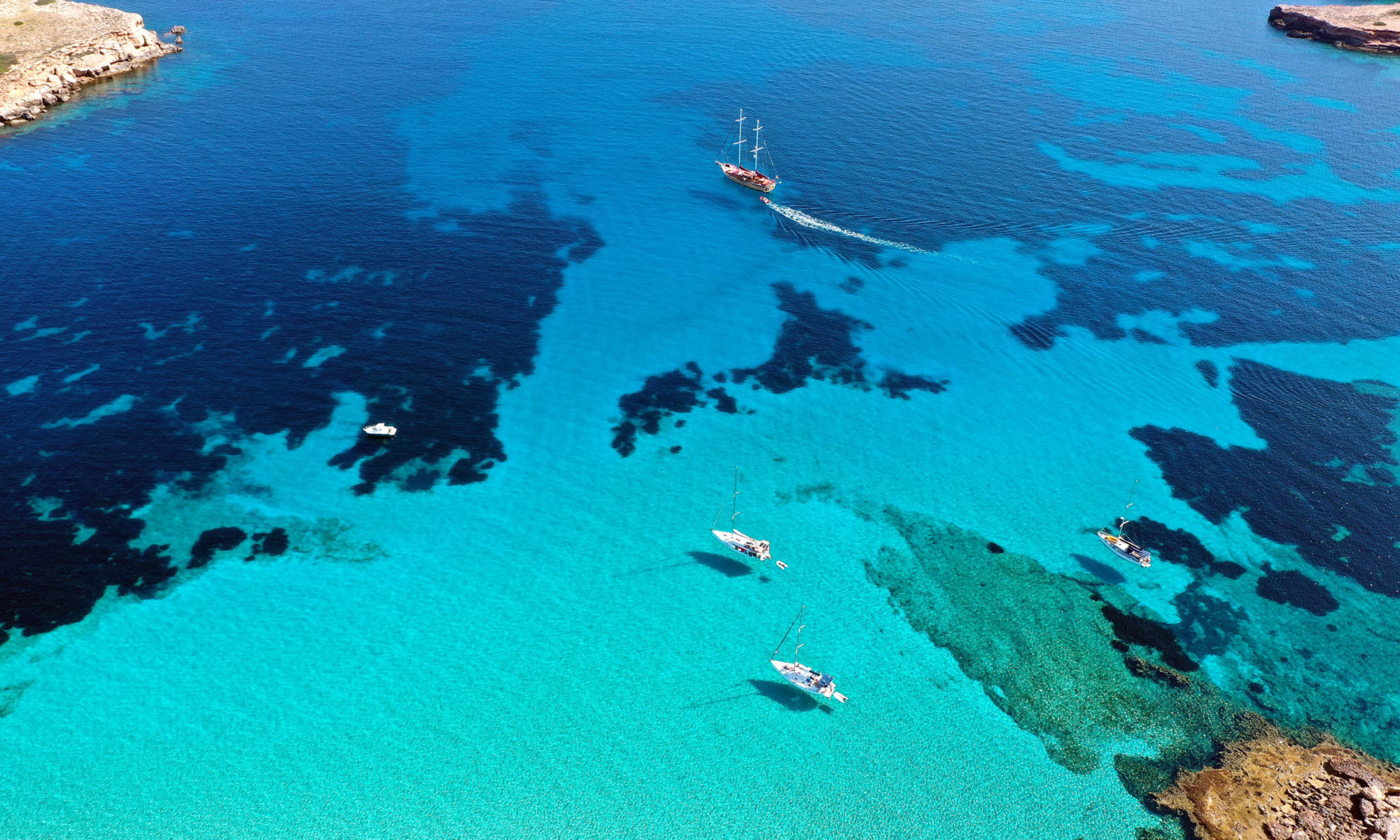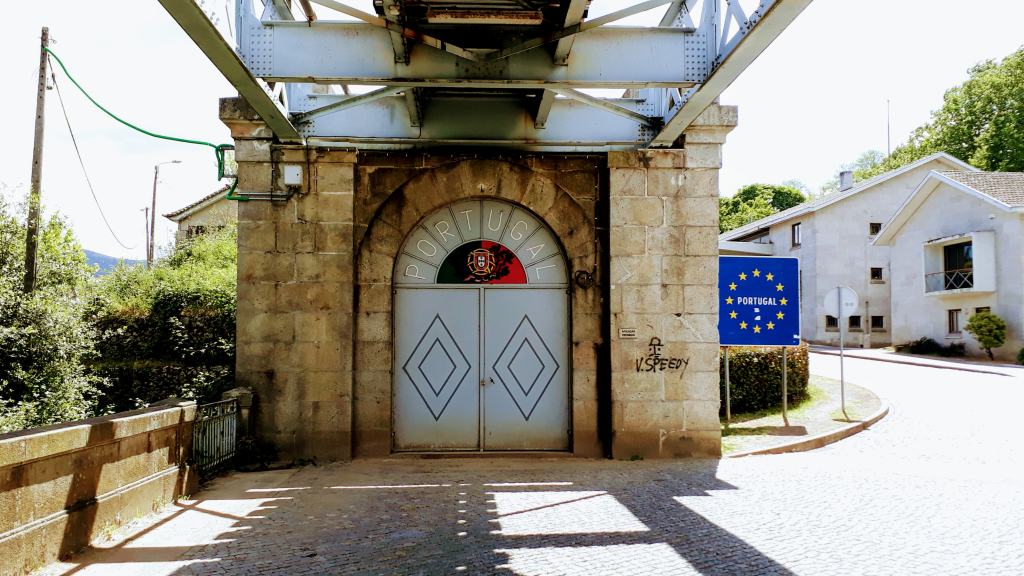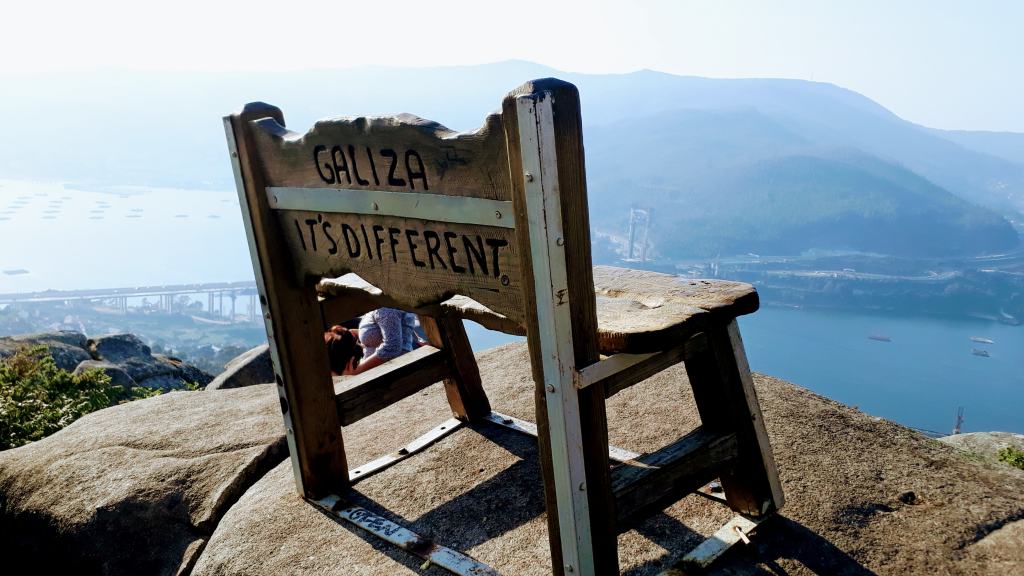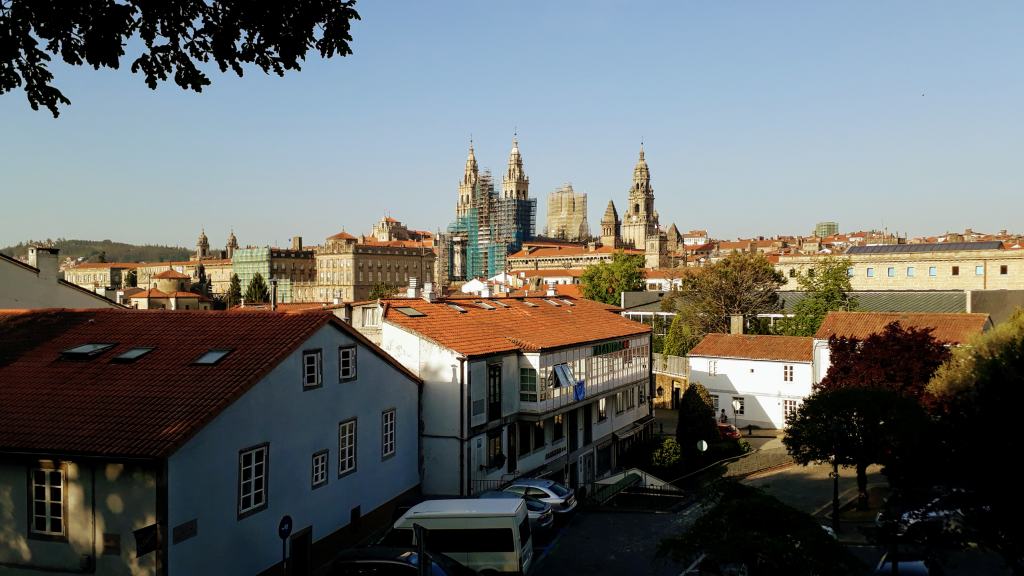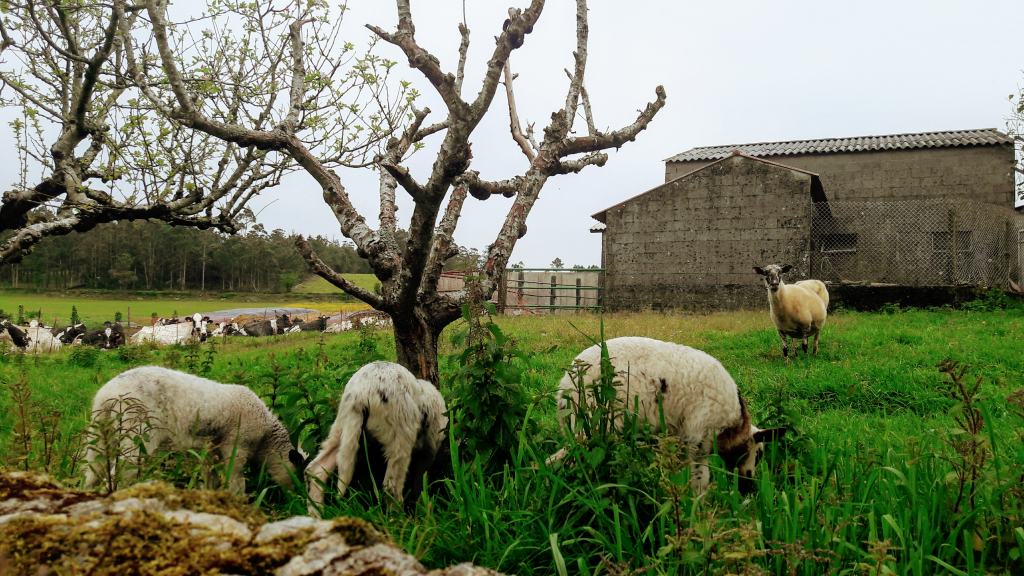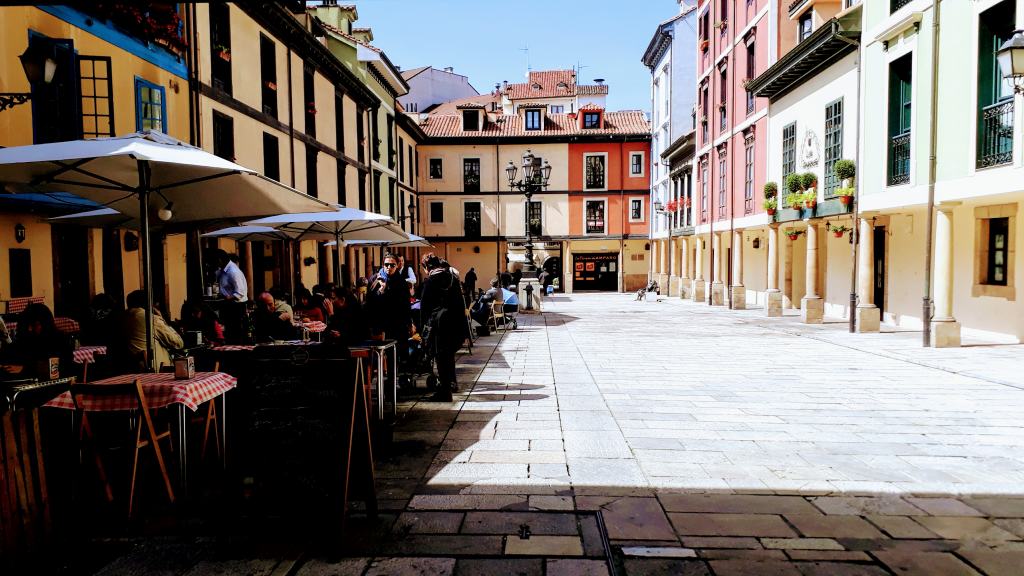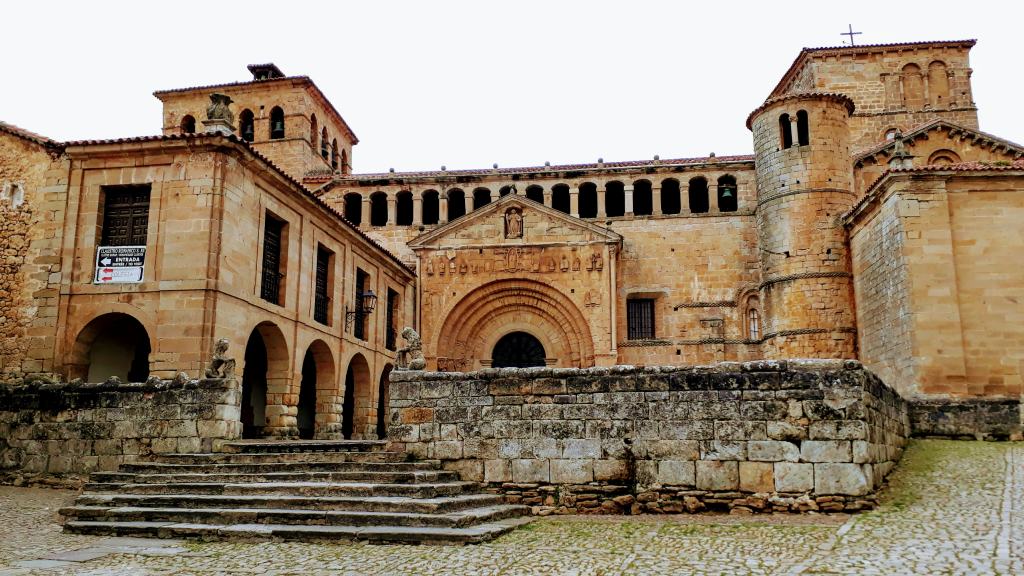Portugal currently has 15 UNESCO World Heritage Sites: 14 of which belong to the cultural heritage and one to the natural heritage. The Atlantic island of Madeira is home to the only Portuguese natural heritage site. Two World Heritage Sites are located in the Azores, the remaining 12 on the Portuguese mainland. In 1983, the first four sites were added to the World Heritage List. The most recent World Heritage Site was registered in 2006.
Continue reading “UNESCO World Heritage in Portugal”
Tui & Valença: Let’s Go to Portugal!
Yay, a new country! After the Netherlands, Belgium, France and Spain, Portugal joins our European tour as the fifth state. The border crossing consists of the special two-storey iron bridge Ponte Internacional. Continue reading “Tui & Valença: Let’s Go to Portugal!”
Rías Baixas: Galiza – it’s different
Rías Baixas – that’s the name of the four narrow coastal inlets in the south-west of Galicia from Cape Finisterre to the Portuguese border. They have emerged from flooded river valleys and consist of the Ría de Muros, the Ría de Arousa, the Ría de Pontevedra and the Ría de Vigo. Continue reading “Rías Baixas: Galiza – it’s different”
Santiago de Compostela: Place of Pilgrimage
As the destination of the Camino de Santiago (Way of St. James), Santiago de Compostela is renowned worldwide. This became the first European cultural trail in 1987, two years after the pilgrimage site was declared a World Cultural Heritage by UNESCO. In 2000, Santiago was also European Capital of Culture. Continue reading “Santiago de Compostela: Place of Pilgrimage”
Costa da Morte: At World’s End?
The “Coast of Death” Costa da Morte got its name because of the difficult conditions for navigation and the resulting shipwrecks and deaths. It is the most western coastal section of Spain. For this reason, in the Roman and pre-Roman legends, it is regarded as the “end of the world”, from which the name of Cape Finisterre derives. Continue reading “Costa da Morte: At World’s End?”
Oviedo: First Way of St. James
Since its foundation in the 8th century, the former town of Ovetum was closely linked to the Asturian monarchy, which is why the old town is characterized by medieval influences. At that time the capital of the kingdom, it is still the capital of Asturias and also a model for the town of Vetusta in Leopoldo Alas’ novel “La Regenta”. Continue reading “Oviedo: First Way of St. James”
Santillana del Mar: Stone Age Cave of Altamira
The station of the Northern Way of St. James (Camino de Santiago de la Costa) is a popular tourist destination. In order to avoid the crowds of day visitors, you should visit it in the off-season or evenings. The centuries-old city center is closed for cars. Continue reading “Santillana del Mar: Stone Age Cave of Altamira”
